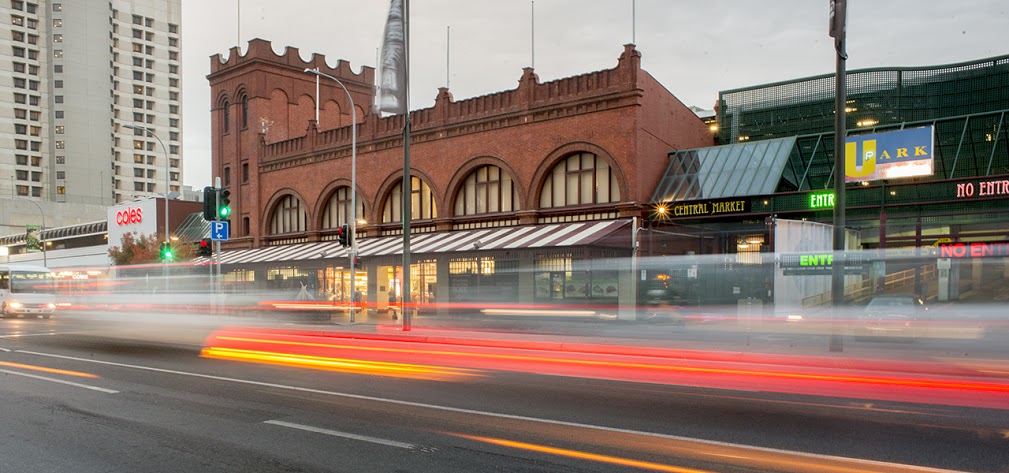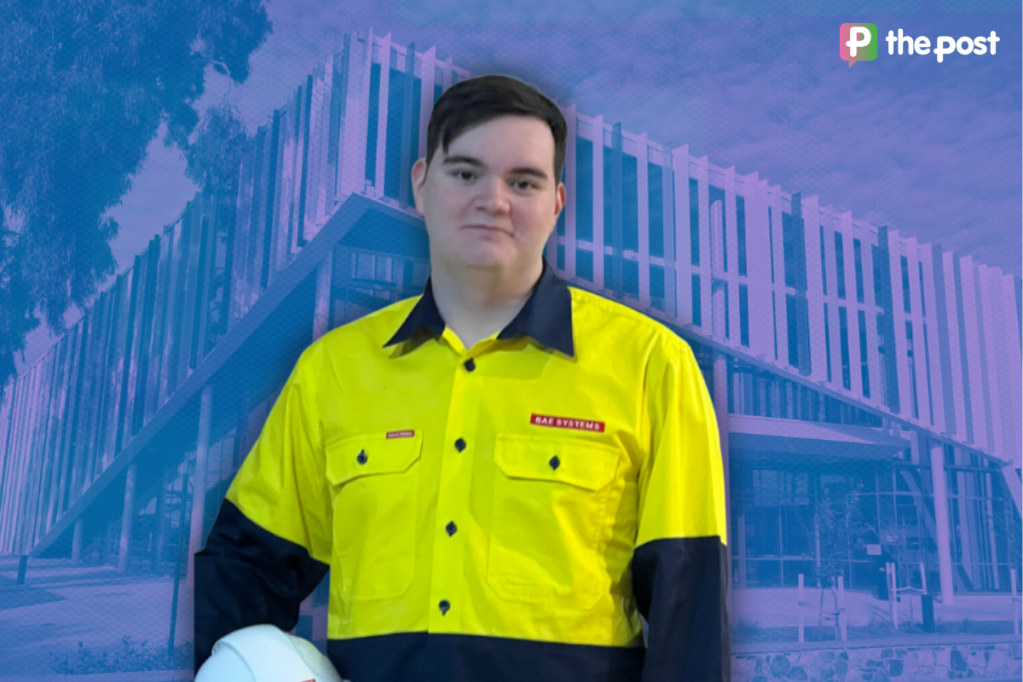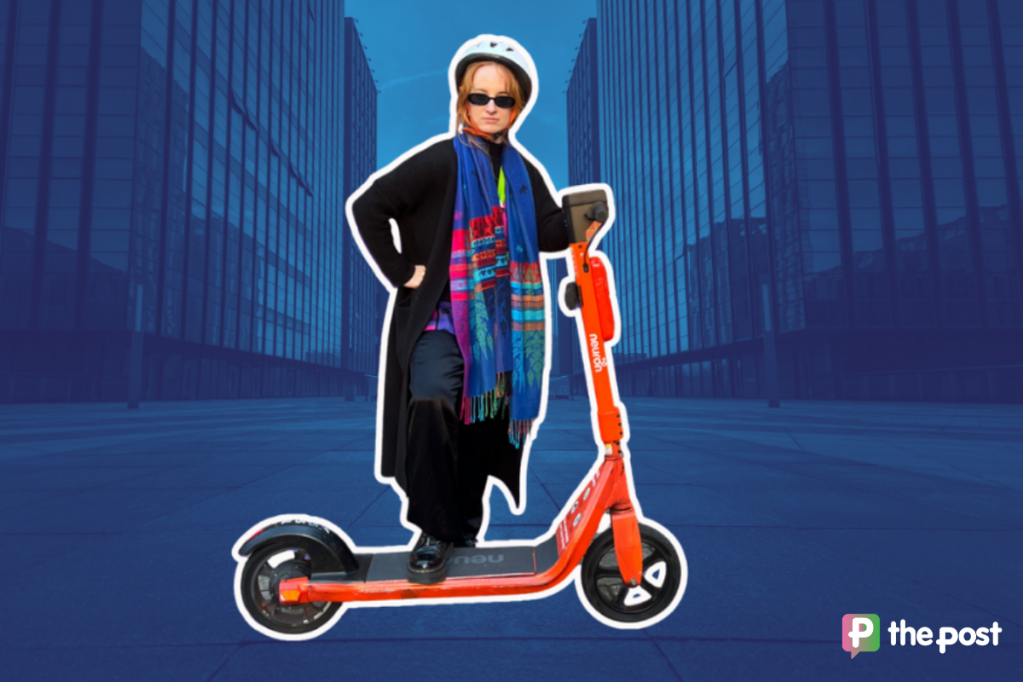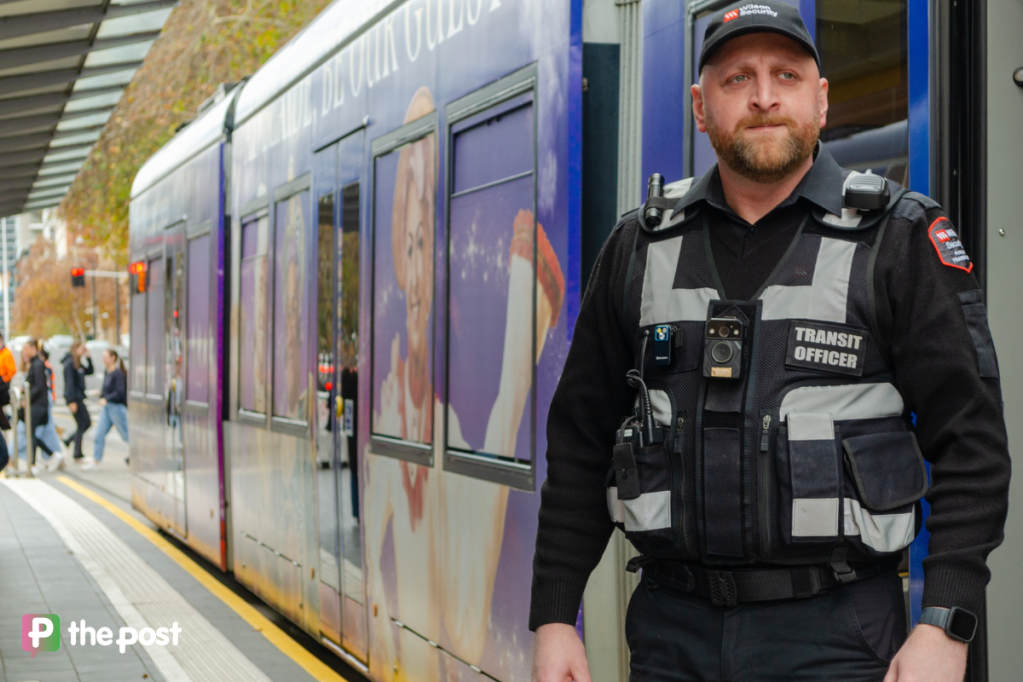Business lessons from the Central Market

Eleven months ago, Nick Begakis was appointed chair of the Adelaide Central Market Authority.
Nick is a typical South Australian. Born in Athens’ port, Piraeus, 67 years ago, Nick went to Norwood High School and the South Australian Institute of Technology (now UniSA). After working in a number of leading South Australian businesses, Nick has spent the last 25 years as a director (and increasingly chairman) of many significant boards, including Flinders University Council, the Women’s and Children’s Hospital Foundation, Business SA, ACCI, Statewide Super, the EPA and the Australian Centre for Plant Functional Genomics. He is also chairman of his own food business, Bellis Fruit Bars.
But the main thing about Nick is that he is an entrepreneur.
He is now in the process of transforming the economic opportunity facing the traders in the Central Market. What Nick understands is that the Adelaide Central Market is a business, dependent on the economic success of the nest of SMEs and family businesses that comprise the market’s traders.
The Central Market Authority has repositioned itself as the advocate of the market traders, doing things that will help its traders to flourish. Nick understands that he should see himself as Chairman of the Market, not the authority, and that the board, management, staff and traders should be seen as a whole – a big family.
"The idea of looking outwards rather than inwards, has led to several new initiatives, each taking the market to potential new customers."
You might like
The aim should be how to maximise the economic return to the Adelaide City Council by helping the traders become more prosperous, as a result of which everyone involved will benefit.
What Nick can see is that people come to the market because they like the art and magic of its mix of SMEs and family businesses. They like it because it is not Coles, Woolworths or Foodland.
An early priority has been given to maintaining continuous cleanliness in the toilets, signalling a renewed focus on the customer. Nick says market management now receive positive letters about the state of the toilets. In the 11 months that Nick and the new board have been in place, foot traffic in the market has increased 25 per cent, the market is full, there is a waiting list for stalls, and 30 per cent of the stalls have been upgraded or approved for upgrading.
As vacancies occur, increasing emphasis is being given to stalls offering “experiences” – different cultures and cuisines, a jumble of shops next to each other rather than rows of similar shops, coffee roasting to provide a pleasing smell, fruit juices and smoothies, perhaps even fish and chips in a cone. The idea is to add to the drama and theatre of the market.

A regional strategy is also being pursued. A Kangaroo Island stall has been operating successfully – with anchor tenant KI Pure – which has some 35 KI producers represented. Other stalls representing the state’s regions are being sought – Barossa and Eden valleys, Clare Valley and the Lower Flinders Ranges, Fleurieu Peninsula and Langhorne Creek, Adelaide Hills, Limestone Coast and the Green Triangle, Port Lincoln and Eyre Peninsula and McLaren Vale. Like a permanent Royal Show. Then Adelaideans could do their regular shopping at the Central Market and buy the best that all of South Australia has to offer.
Stay informed, daily
Unlike a supermarket, seasonality will be important, directly driving development in the regions whatever the time of year. The stalls will connect to regional food trails, helping create regional tourism jobs as well.
Being able to get to the market to shop is obviously important. Hence, Nick is paying a good deal of attention to easing traffic flows (like reinstating the right-hand-turn lane heading east on Grote Street, so that customers from the western suburbs will have easy access, again).
The idea of looking outwards rather than inwards, has led to several new initiatives, each taking the market to potential new customers. More than 200,000 people come into the CBD on a daily basis. The market is planning to take its produce to where the people are, starting with one or two Central Market produce stalls in Rundle Mall (which will, incidentally, make Rundle Mall more appealing, as well).
Shopping online at the market is being developed, with an order, pay and delivery system. This will initially focus on office workers in the city. If the customer can’t come to the market, the market should go to the customer.

Finally, the market is operating a virtual food business incubator. What it is providing is suppliers and a brand that gives budding food entrepreneurs instant recognition, with funding opportunities along with mentoring (at no cost) provided by Beyond Bank. For example, the idea of a chain of Adelaide Central Market Cafes has been proposed, with an initial site in the Glenside complex (Lucia’s breakfasts? Zuma’s coffee?).
Nick Begakis’ insight is that those in authority should focus on what will make the small and family businesses under their care more profitable, so that they can expand, employ more people, and afford to create a bigger return for the Adelaide City Council.
The South Australian Government should follow his lead on a state-wide basis.
Richard Blandy is an Adjunct Professor of Economics in the University of South Australia’s Business School.








